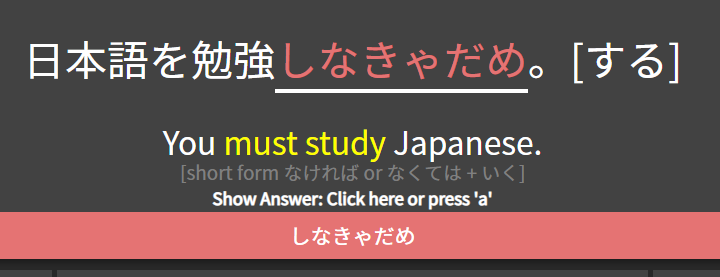Hey 
なきゃ is a contraction of なければ, which itself is ば form (conditional form) of negative ない。
Sounds scary, but it is fairly easy to grasp if you see it.
食べる - to eat -ば form-> 食べれば if (someone) eats
食べない -> to not eat-ば form-> 食べなければ if (someone) does not eat -contraction-> 食べなきゃ
帰る - to return -ば form-> 帰れば if (someone) returns
帰らない - to not return -ば form-> 帰らなければ if (someone) not returns -contraction-> 帰らなきゃ
なくちゃ is contraction of negative て form + は, なくては
食べる -て form-> 食べて
食べない -negative て form-> 食べなくて -adding は-> 食べなくては -contraction-> 食べなくちゃ
いけない in “must” grammar points means “not good”
so the whole expression means:
if (someone) does not do something, it will be not good
食べなければいけない - 食べなきゃいけない, etc
if you don’t eat, it won’t be good = you must eat
That is basically all.
Ah okay, that makes sense. So for most expressions/terms that start with な, the verb before them should be in the negative form? Or are there exceptions to this?
The stem part of the negative form is called 「未然形」(みぜんけい), irrealis (imperfective form) in English, and is used in some conjugations.
帰る - negative form-> 帰らない -imperfective form->( 帰らない) 帰ら
Is it a bit more clear now?




